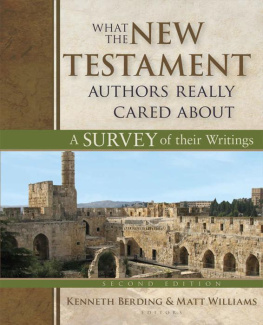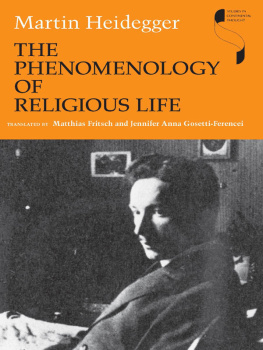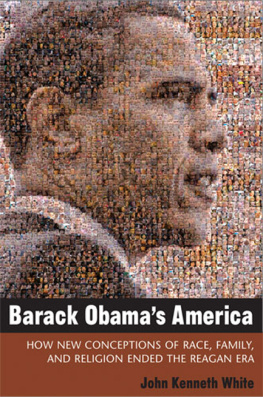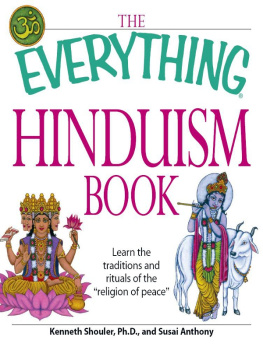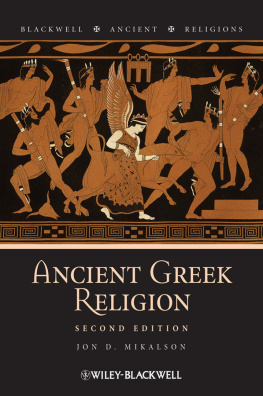Hanson Kenneth C. - Religion and cult : the Old Testament and the phenomenology of religion
Here you can read online Hanson Kenneth C. - Religion and cult : the Old Testament and the phenomenology of religion full text of the book (entire story) in english for free. Download pdf and epub, get meaning, cover and reviews about this ebook. City: Eugene, OR, Array, year: 2012, publisher: Cascade Books, genre: Religion. Description of the work, (preface) as well as reviews are available. Best literature library LitArk.com created for fans of good reading and offers a wide selection of genres:
Romance novel
Science fiction
Adventure
Detective
Science
History
Home and family
Prose
Art
Politics
Computer
Non-fiction
Religion
Business
Children
Humor
Choose a favorite category and find really read worthwhile books. Enjoy immersion in the world of imagination, feel the emotions of the characters or learn something new for yourself, make an fascinating discovery.

- Book:Religion and cult : the Old Testament and the phenomenology of religion
- Author:
- Publisher:Cascade Books
- Genre:
- Year:2012
- City:Eugene, OR, Array
- Rating:5 / 5
- Favourites:Add to favourites
- Your mark:
- 100
- 1
- 2
- 3
- 4
- 5
Religion and cult : the Old Testament and the phenomenology of religion: summary, description and annotation
We offer to read an annotation, description, summary or preface (depends on what the author of the book "Religion and cult : the Old Testament and the phenomenology of religion" wrote himself). If you haven't found the necessary information about the book — write in the comments, we will try to find it.
Religion and cult : the Old Testament and the phenomenology of religion — read online for free the complete book (whole text) full work
Below is the text of the book, divided by pages. System saving the place of the last page read, allows you to conveniently read the book "Religion and cult : the Old Testament and the phenomenology of religion" online for free, without having to search again every time where you left off. Put a bookmark, and you can go to the page where you finished reading at any time.
Font size:
Interval:
Bookmark:
ET English translation
GTMMM S. Michelet, Sigmund Mowinckel, and
Nils Messel. Det Gamle Testament. 4 vols.
Oslo: Aschenhoug, 19291955
NTT Norsk Teologisk Tidsskrift
RGG2 Die Religion in Geschechte und Gegenwart.
2nd ed. Edited by Hermann Gunkel and
Leopold Zscharnack. Tbingen: Mohr/
Siebeck, 19271931
It has been said that religion occurs in three forms: as cult, myth, and ethics. One can state this in more ordinary Christian terms by saying: liturgy, the content of belief (doctrine), and the conduct of life (moral theology). It is not a question of three different disciplines within the world of religion but rather of three different manifestations. Each of these manifestations includes the other two in one way or another. Even if for purely practical reasons we divide these into three different chapters or books or theological disciplines, nonetheless each is deeply involved with the others.
Perhaps this can be seen most clearly if one thinks of what faith means in Christianity. Faith embraces not only the assumption that particular ideas or concepts or confessions or doctrinal points are true, but it is also a life-determining existential thing, a relationship to the power that one believes in. To believe in God means not only to think or presume or to be convinced that God exists (for even the demons do, James [2:19]), but it means also to build ones life on this conviction and behave according to it. It means to live with confidence in the God that one believes in and to guide oneself according to his will and his plan for the world and for oneself, and to serve him in this way. This also means seeking a personal relationship with God and accepting direction and strength, purpose and meaning from him; and it means spiritual and personal fellowship with all others who have this same relationship to God. It means, moreover, that one in this fellowship seeks a deeper relationship with God through prayers of petition and gratitude, listening and obedience. But this means, then, that belief embraces both liturgy and ethical conduct. A Christian theology of faith or doctrine in its widest meaning also embraces a theology of the liturgy and moral theology or ethics. Both of these must receive their norms and their content in a way that is determined by the presentation of faith. The content of both ethics and liturgy depend on the ideas that one has about God, the way one believes in God.
Modern rationalism has had an inclination to regard the cultliturgy and its formsas something relatively unessential in religion. Certainly Protestantism has tended to stress doctrine so strongly that it has lost its appreciation of worship. It has been so preoccupied, moreover, with its role as witness to correct spiritual, evangelical Christianity that it has looked down on liturgy with its dead forms. Especially in the smaller Protestant sects this has been so. But in practice, those circles that are theoretically most opposed to cult have proved the strength of liturgy more strongly than the larger denominations have done. The smaller ones in reality felt and experienced the necessity for common liturgical gatherings in order to be edified in their godly lives. This edification encompasses not only the conservative mood and feelings one usually means by the word edification. It has been repeatedly demonstrated that even the most non-liturgical denominations and groups quickly develop fixed forms for their worship services. Even if they call them free meetings or something similar, they very quickly develop what one would call a prescribed ritual. The so-called free prayers in the free gatherings are as a rule strongly bound by tradition and habit with regard to content, form, and structureindeed, often even inflection.
This meshes completely with the findings of recent research in comparative anthropology and religion. In fact, the more one learns not only about the so-called primitive religions, but also the older religions from cultured areas, the clearer it becomes that the most important thing for all of them was worship. Often there was more flexibility with regard to doctrine or confessions or concepts. The religion of the Old TestamentIsraels religion and the Judaism which developed from itplaced little store in doctrine but had very firm rules for liturgy. To participate in it properly was the chief duty of the believer. In later eras, as for example in apostolic Christianity, new forms are created and remain flexible for a while, but fixed forms develop very quickly. This need not be regarded as a decline or a loss of vitality. Rather, this process corresponds to a fundamental religious need and to a fundamental law of religion.
The comparative study of religion has also shown that there are in all religions fixed, basic forms or phenomena that occur repeatedly, even though there can be a broad spectrum of belief and content within any one of them. There is also a certain regularity with regard to the elements that make up cult. It is possible to set up a schema or pattern for liturgy, a phenomenology of worship, that at least in a purely formal way suits all religions, from the lowest up to Christianity. In all of them, prayers of petition and prayers of praise, sacrifice in some form or other, and certain rules of conduct, for example, play important roles even if the thought content and the religious or spiritual content of the prayers of the moral values inherent in the rules of conduct can be quite diverse.
All this shows that one confronts a rather important aspect of religion by viewing it from the perspective of cult. A comprehensible image of cult, for example, is very important for understanding the spiritual and religious content of the psalmic poetry that has arisen from the cult. Recent research, for example, has showed that psalms, and religious poetry generally, even in Christianity, originally came into existence in conjunction with the cult. A universal picture of the essence, forms, and content of cult is therefore also of value in order to understand the Christian religion.
But there is, of course, danger in setting up a universal schema of cult, namely that one may generalize and draw unjustified parallels between the phenomena and paint a picture, so to speak, that portrays everything and nothing. To be of value, such a comprehensive picture must comprise individual portrayals of the cult in each religion. These pictures must not be derived from universal schematized theories such as animism, pre-animism, dynamism, magic, and so forth, or from theories of evolutionary development. Rather, each should pay respect to the peculiarities of the particular religion in question and its inner structure. Every religion has its cardinal point from which its individual phenomena, concepts, customs, and the like proceed and derive their meaning. If it is true anywhere, then it is in the world of religion that two can say the same thing and still not say the same thing.
So when we try in the following to sketch a picture of religion and cult, or of cult as a manifestation of religion, then we shall try so far as possible to do that from a single concrete religion that is close to all of us and is a prelude to our own religion, namely the religion of Israel as it is available to us in the Old Testament. But we shall also try to show that we are dealing here with a certain manifestation of something universal and make use of other material to the extent that it can shed light on that of the Old Testament.
Cultus is the Latin word for worship. The word actually means work. It is also used, for example, if one works (cultivates) a field, or engages in other types of activity.
The corresponding Hebrew root ( bd ) has to do with service and the verb abad serve or slave for and so forth is used for a slave who serves a master, the beast of burden that toils, the farmer who works or cultivates the soil, and the person who serves, worships, and obeys God.
Font size:
Interval:
Bookmark:
Similar books «Religion and cult : the Old Testament and the phenomenology of religion»
Look at similar books to Religion and cult : the Old Testament and the phenomenology of religion. We have selected literature similar in name and meaning in the hope of providing readers with more options to find new, interesting, not yet read works.
Discussion, reviews of the book Religion and cult : the Old Testament and the phenomenology of religion and just readers' own opinions. Leave your comments, write what you think about the work, its meaning or the main characters. Specify what exactly you liked and what you didn't like, and why you think so.


